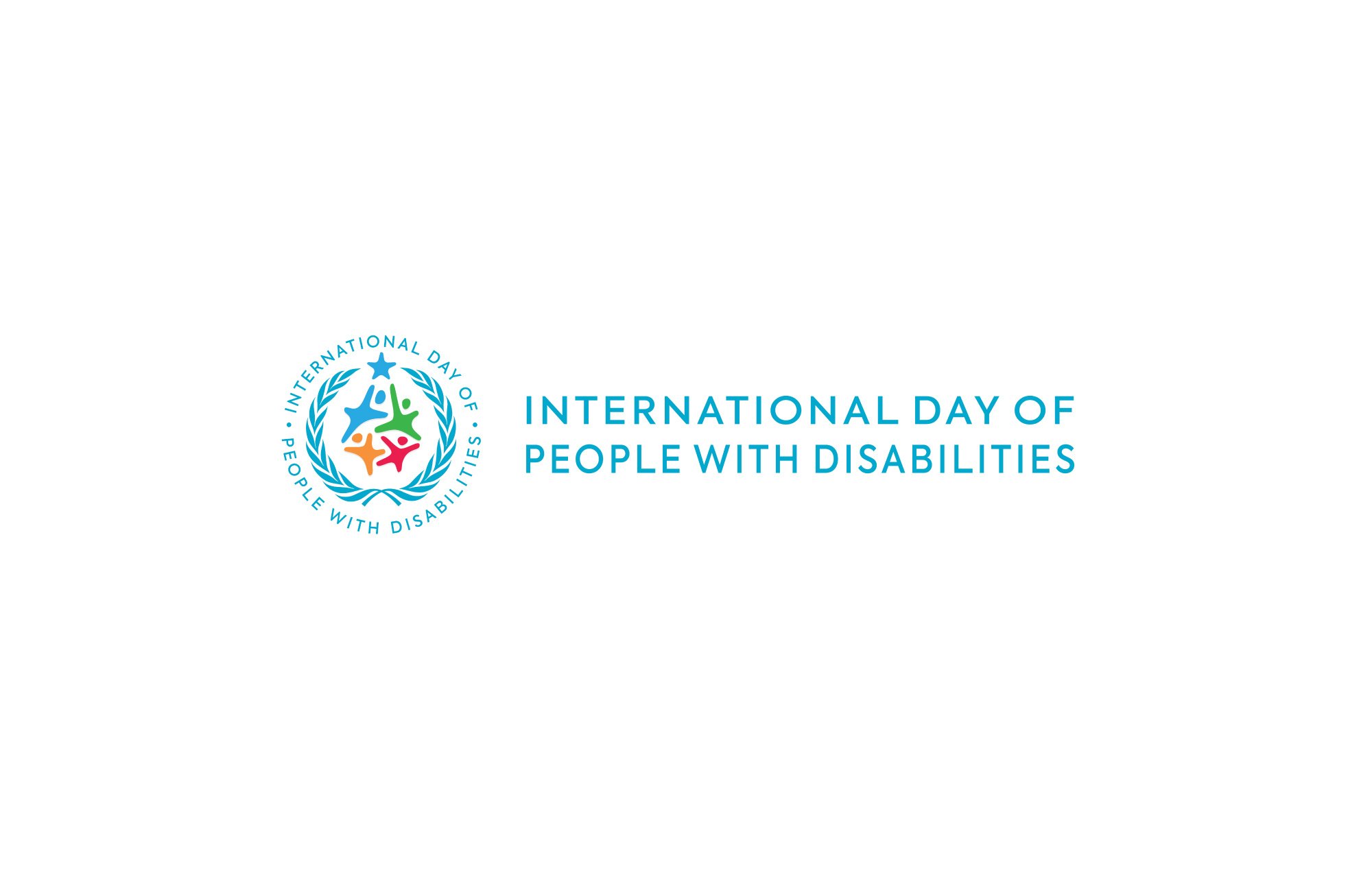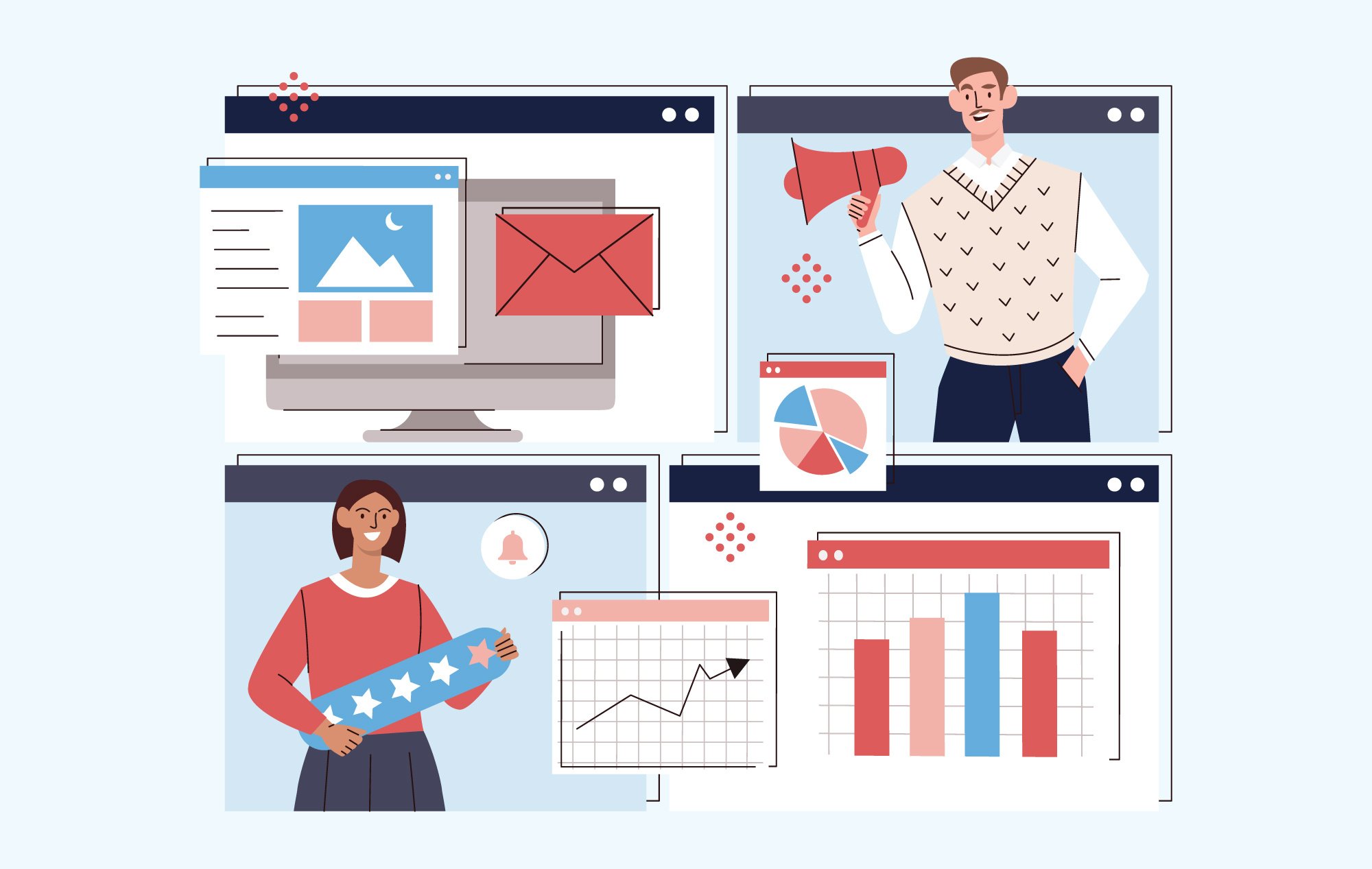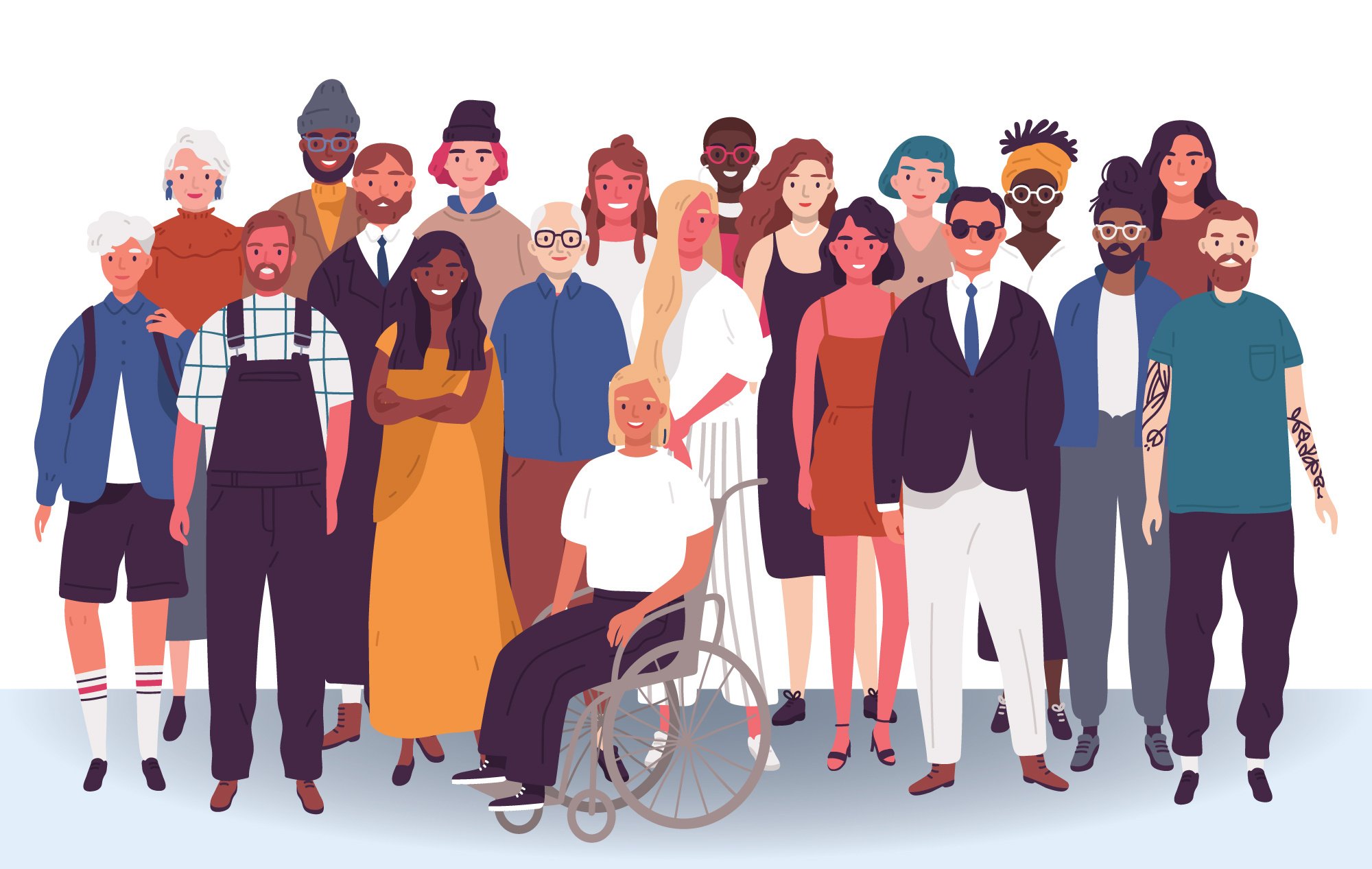Curb cuts and bus ramps, handrails and stepless entries, closed captioning and speech-to-text software.
These are all examples of accessible designs that have changed the world for the better. Designed with people with disabilities in mind, these innovations benefit everyone: parents with strollers, workers with delivery carts, people trying to navigate icy walkways, people who have to watch videos with the sound off or need to communicate while driving.

And according to web developer, accessibility advocate and educator Marcy Sutton, the web also benefits from accessible, or what is sometimes called universal, design: innovations with specific populations in mind that break down barriers and make technology easier for everyone.
A web developer for more than a decade, Sutton has made a name for herself by advocating for and teaching other programmers how to code with accessibility in mind.
In her introduction to a course on accessible app development, Sutton wrote, “The fact is that accessibility doesn’t happen by accident. Often it is seen as too hard or time consuming. This doesn’t have to be the case. By following a handful of high-value patterns and practices, we can open our web apps to humans that otherwise wouldn’t be able to interact with them at all.”
As a speaker, Sutton travels the world, where she shares her knowledge about accessibility—including doing live debuggings and other demonstrations to show how easy it is to make the web accessible. Between the vast number of resources and the ease of actually making programming more inclusive, when looking at it from Sutton’s perspective, there’s no reason not to make your site accessible to all.
Programming with Accessibility in Mind
“In web accessibility—the digital part of [inclusion]—it’s really about removing barriers,” Sutton said in a 2017 Web Rebels talk on civil rights and web accessibility. ”Sometimes, people don’t realize that they’re putting these barriers in place by not thinking about accessibility.”
Sutton works mostly with JavaScript, a programming language that drives the dynamic elements of a site. She calls it “the pocket knife of developer tools because of how powerful it is.” It is also one of the best tools we have in our web accessibility toolkit.
Think of it this way: if HTML and CSS are the static elements—the foundation, floors, roof, and walls of a house—JavaScript is what makes a house dynamic and liveable.
Both the static and the dynamic elements come together to make the site whole and accessible.
“If you’re building an interface that humans use, which most [programmers] do, you must write accessible HTML,” she said. For instance: coding a site that is readable by screen readers, with WCAG-compliant color contrast and alt-text, or whose video and gif autoplay is turned off.
In many ways, accessibility and JavaScript-powered web development go hand-in-hand: JavaScript, an ECMAScript language, was intended to be usable across a wide range of websites to tackle a broad range of problems. (Think of ECMAScript as the QWERTY keyboard-esque standard of programming, and JavaScript as a manufacturer of QWERTY keyboards, or a programming language that relies on that standard.) Accessible JavaScript allows developers to include elements like allowing custom keyboard controls for video that are accessible to keyboard-only users, custom form validation, and even information updates without page refreshes.
When used properly, JavaScript can make a website interactive, usable, and secure. That’s also the goal of accessibility.
This is what Sutton refers to as “empathy-driven design.”
Empathetic Web Development
What does empathy have to do with web development?
The answer: a lot. Empathy is a teachable, prosocial behavior that can positively impact job performance and economic outcomes, and even deprogram biases.
One concrete example: During medical training, empathy has been shown to decline without intervention, and healthcare without empathy has consistently worse outcomes. Apply that to web development, and Sutton’s mission to spread empathy-driven design becomes clear. If you’re not thinking about accessibility for all, your website will likely be worse for everyone. After all, case study after case study shows that web accessibility standards help all users.
Improving Web Accessibility is Smart for your Business
There are other universal elements that make accessible web development essential, aside from the fact that “it’s a matter of civil rights,” according to Sutton.
First, and perhaps most important to businesses, is the fact that accessibility nets more business. Using Virgin Airlines as an example, Sutton noted that in 2014, its website was unusable by anyone who relies on screen readers or keyboard-only navigation. It was clear, she said, that no one had considered accessible navigation when they built the site. After Virgin America was sold to Alaska Airlines, the website was updated and its usability improved.
“[Accessible web development] means someone with a disability can actually book a ticket on a website, whereas before, they would have just lost their business,” she said. “You’re really losing customers by not caring about accessibility.”
Beyond the business case for accessibility, however, is something that affects every single person who uses a digital device: privacy.
Poorly coded websites often leak consumer data, using cookies and ad networks that measure user behaviors, among other tactics.
“I was complicit in this [behavior],” Sutton told her audience at Web Rebels. She used commenting platform Disqus on her website, and she noticed that when loading the page, “You can see how many third-party assets are loaded by Disqus—some that I did not sign up for.”
“I wasn’t aware that I was using all these [attributes],” she continued. “So it’s tracking every single user that comes to my website.”
It’s an example of a ubiquitous third-party system—powered by JavaScript—that ultimately harms users because developers choose it without considering the impact on their users. There are similar problems with maintaining privacy when a site isn’t WCAG-compliant, including but not limited to the ubiquity of CAPTCHA technology, which is unusable by people with visual disabilities and whose audio alternatives are frequently broken or inaudible.
One solution: Empathy-driven design, which at its core acknowledges the diversity of web users, is achievable. In 2017, Sutton wrote, “You can support diverse people—including people with disabilities—by hiring diverse teams.”
It is the duty of web developers to responsibly and empathetically code their sites, their apps, their software.
“Making accessibility improvements to further our users’ civil rights can improve the Web for people of all abilities, across the world, by removing barriers and providing features everyone can use,” said Sutton.






Leave a Comment